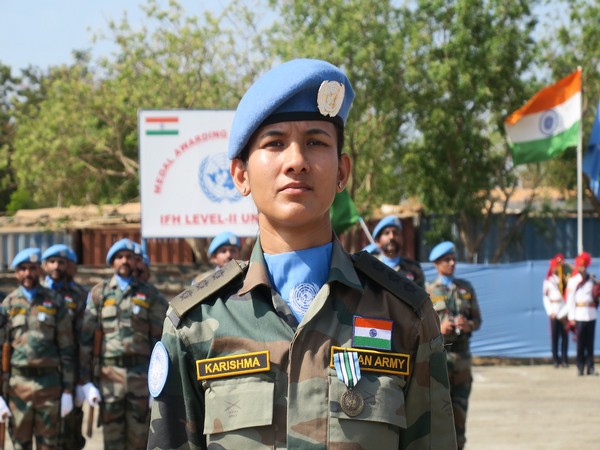The Indian Army has started putting women officers in charge of units outside of the medical field for the first time. Around 50 of them will lead units in operational areas, including forward locations, in the Northern and Eastern Commands, which are in charge of protecting India’s borders with China. This was announced on Tuesday by officials who were aware of the change.
A month ago, the army held a special selection board to promote 108 women officers to the rank of select-grade colonel. This was done to make sure that men and women had the same number of positions, to give them command positions in certain branches, and to give them new identities. The board looked at 244 women lieutenant colonels to fill the 108 spots that were open.
“Out of the 108 women recommended by the selection board for promotion to colonel, those officers who met the necessary medical requirements have now been put in the same command positions as their male counterparts as of February 20,” said one of the officials who asked not to be named.
The women officers that the selection board looked at were commissioned between 1992 and 2006. They were Engineers, Signals, Army Air Defense, Intelligence Corps, Army Service Corps, Army Ordnance Corps, and Electrical and Mechanical Engineers.
A second official, who also asked not to be named, said that about half of the chosen women officers will lead units that are sent to operational areas.
Women could take on leadership roles once the army started giving them permanent commission (PC) in 2020.
“Putting women in charge is a natural step in their careers after they started getting PC. You can’t give them PC but take away some important roles from them. You have to be ready to give them command responsibilities in the branches they are serving in, and that is happening now, said Lieutenant General DS Hooda, who used to lead the Northern Army (retd).
Lieutenant Colonel Sarita Satija (ret.), who served in the Army Ordnance Corps for almost 21 years, said that this has broken the idea that women can’t be in charge. “It shows that the system and, more importantly, the way people think has changed. It also puts women on the same level as men. “I’m sure that in the future, women will have even more responsibilities,” she said.
Certainly, Army Medical Corps officers who are women have been in charge of field hospitals, military hospitals, and other medical facilities for decades. A few female doctors in the military have also reached the three-star rank (lieutenant general and equivalent in the other two services).
In January, Army Chief General Manoj Pande said it was likely that women would be made officers in the regiment of artillery. He also said that the army had made good progress in empowering women, which was one of its main goals.
Captain Shiva Chouhan was the first woman officer to be sent to Siachen, which is the world’s highest and coldest battleground. She was sent there in early January. It also sent its largest group of 27 women peacekeepers to Sudan’s disputed region of Abyei, where they will help women and children and do security-related work as part of the United Nations Interim Security Force in a difficult mission (UNISFA).
Tanks and infantry combat positions are still off limits to women in the army.
Still, the military has come a long way since the early 1990s, when women were first allowed to join as short-term officers. Using a gender-neutral approach, the three services now offer women officers a wide range of opportunities to give them more power and close the gap between men and women.
The Indian Air Force and navy have made it possible for women officers to join their special forces units, the Garud commando force and the Marine Commandos, respectively, to promote gender equality within their ranks, as long as they meet the selection criteria.
Women are getting the same important jobs as men. They are flying fighter planes, working on warships, joining the personnel below officer rank (PBOR) cadre, and going to the National Defense Academy to learn new skills.
